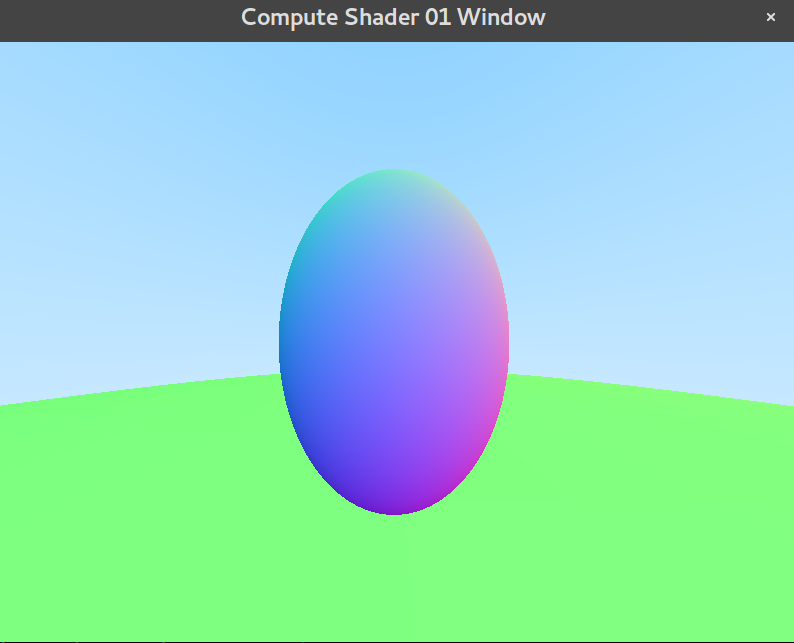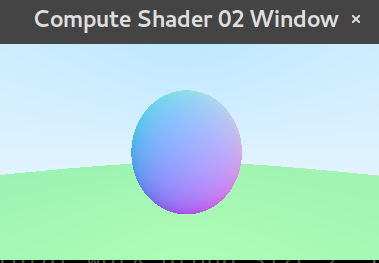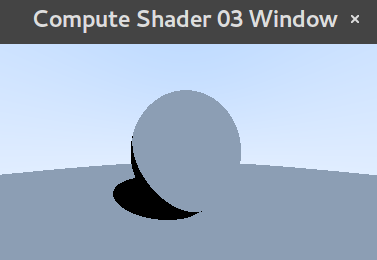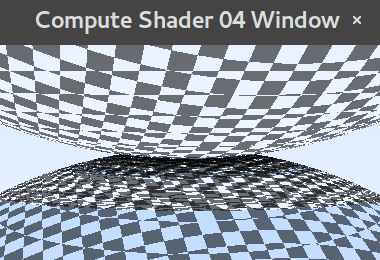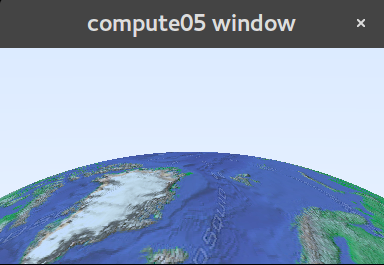OpenGL compute shader port of Raytracing in One Weekend by P. Shirley
This repository follows closely the examples introduced by the phenomenal "Raytracing in One Weekend" by P. Shirley, plus couple of other examples from "Raytracing Next Week".
I did unfortunately not document the code much, since Shirley gives a through explanation of how everything works. Assuming you have basic knowledge of opengl and glsl, it should be fairly easy to understand what's going on in the shader code.
Due to the imperative nature of glsl, I have, from time to time, diverged from the implementation of Shirley.
These requirements basically mimick my development environment. Some of them can probably be lowered.
-
Cmake >= 3.0.2
-
OpenGL >= 4.3
-
GLFW: Path to its shared library .so file is hardcoded to CMakeLists.txt, as
set( GLFW_SHARED_LIB "${PROJECT_SOURCE_DIR}/libs/glfw/src/libglfw.so")because I could not come up with a more generic solution. Please change it, point yours, or make a suggestion via issues. -
Glad function pointers for OpenGL 4.3
-
C++ 17 for using
<filesystem> -
Clang >= 9 again for using
<filesystem>.
If you are willing to use <boost/filesystem> instead of standard library,
the compiler requirement can be drop to clang > 5.5, you can also use gcc with
boost. If you decided to pursue this path, you should also change the
filesystem header in window.hpp.
- Create "build" directory in main folder containing this README.md
cd buildcmake ..make install
There will be two copies of executables one in build folder another in bin
folder.
Use the ones in bin folder since reference to any media is hardcoded inside
the code with respect to bin.
I use cmake-gui to specifically select the compiler during the configuration
process, I suggest you do the same if you have multiple compilers with
different versions in your machine.
You'll notice that most of the implementation files, .cpps, are same in nature
maybe diverging 1 or 2 lines somewhere. The boilerplate code for rendering a
full screen quad is in window.hpp. It can be thought of as the equivalent of
.ppm output in the original book.
Most of the real work happens inside compute shaders named compute01.comp or
compute02.comp. The numbers suggest complexity. 01 is the simplest, 02 is a
little more difficult than 01 etc.
During the execution of compute02.out and onwards gpu might start to choke.
Try lowering the size of the workgroups in the shader, if that does not help,
try lowering the psample and depth that is passed on to ray_color
function.
Unless you have a very very good machine or a particular reason DO NOT LAUNCH
./weekend.out. It is there as a proof of concept. Ray tracing 485 object
naively, that is with no acceleration structure whatsoever, would surely choke
your gpu. If you really want to see something similar in cover picture. I
suggest you to lover the amount of spheres in the random_scene loop, and
change the SCENE_OBJ_NB accordingly.
